Introduction
Spain is a country full of incredible destinations, from lively cities to picturesque villages to stunning natural landscapes. While hotspots like Barcelona, Madrid and Seville rightly attract droves of visitors, Spain is also home to many hidden gems that remain off the beaten path.
For travelers looking to discover the real Spain, away from the crowds, the country is full of charming, lesser-known places that feel like Spain of centuries past. From sleepy villages of whitewashed houses to rugged stretches of coastline dotted with tiny fishing villages, there are so many unique spots in Spain waiting to be uncovered.
This guide will highlight some of the most beautiful hidden gems across Spain that deserve a place on your bucket list. We’ll take you to places with unesco world heritage status, natural parks with fascinating rock formations, and tiny villages with cobbled streets and old town charm. Whether you want to relax on empty beaches, sample delicious local cuisine or simply soak up culture and nature, you’re sure to be delighted by these secret corners of Spain.
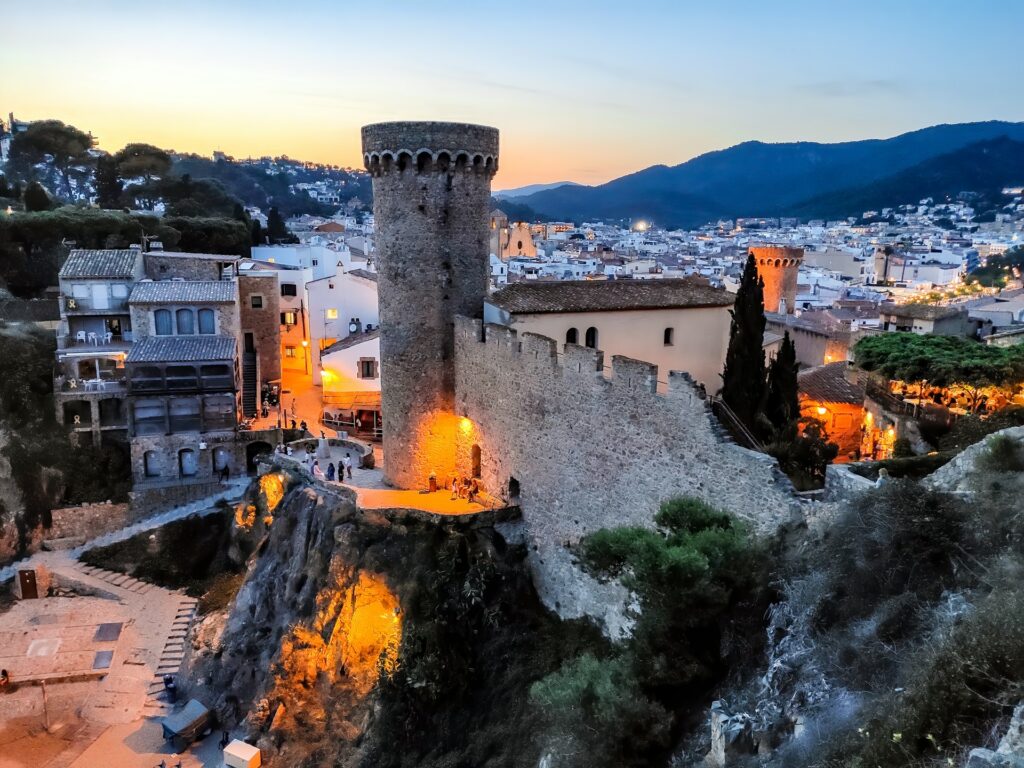
*Note some of the links feature affiliate links. I only recommend items that I 100% love and think you will too!
Northern Spain’s Hidden Gems
Northern Spain is home to some of the country’s most unique and picturesque hidden gems. From the green landscapes of Asturias to the cobbled streets of Cantabria, this region offers travelers plenty of opportunities to get off the beaten path.
San Sebastián
The elegant seaside resort of San Sebastián in the Basque Country boasts one of the best city beaches in Europe. Walk along the two-kilometer stretch of golden sand or climb to the top of Monte Igueldo for panoramic views. The lively Old Town is filled with pintxo bars and cafés perfect for sampling local cuisine.
Picos de Europa
This breathtaking limestone massif straddling Asturias, Cantabria, and Castile and León is one of Spain’s most stunning natural parks. Hike through green valleys and up to jagged peaks for incredible mountain scenery. Visit quaint villages like Potes and explore historic monasteries. The cable car at Fuente Dé takes you high into the mountains.
Camino de Santiago
Parts of the famous pilgrimage route pass through secluded villages and rolling hills of northern Spain. Walk a section through lush forests and farms in Asturias or take it to the coast in Cantabria. The Camino’s ending point, Santiago de Compostela, is a highlight itself with its impressive cathedral.
Altamira Caves
See why these Cantabria caves are renowned for their prehistoric cave paintings, granted UNESCO World Heritage status. Marvel at the detailed animal figures and handprint outlines dating back 14,000 to 20,000 years. Advance reservations are required to view the original cave.
Oviedo
Asturias’ capital is an underrated city with a remarkably preserved medieval center. Wander the narrow lanes and visit sights like the 9th-century church of San Julián de los Prados and the Fine Arts Museum. Climb the Monte Naranco hills for excellent views over the city.
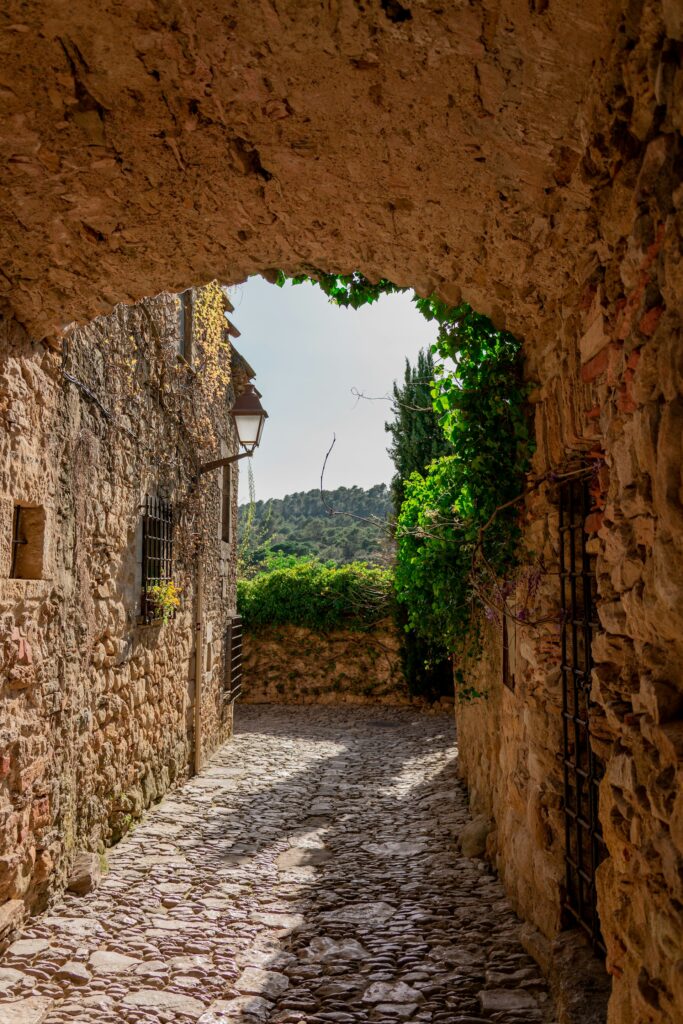
Barcelona & Catalonia’s Secrets
The vibrant city of Barcelona is filled with incredible architecture, museums, food and nightlife. But just beyond the city limits lie some of Catalonia’s hidden gems and secret spots along the stunning Costa Brava coastline. Learn more: The Ultimate Bucket List: The Top Things to Do in Barcelona
The medieval village of Pals is one of the most photogenic spots in the region. Its cobbled streets and ancient stone buildings look like something out of a fairytale. Wander the picturesque Plaza Major and stop for lunch at one of the outdoor cafes before heading to the Cap de la Barra lighthouse nearby.
Girona, Spain is an unforgettable medieval town: Why You Need to Visit Girona, Spain’s Fairytale City
For a unique experience, visit the Púbol Castle in La Pera. This beautiful castle was once a home gifted by Salvador Dalí to his wife Gala. You can tour the castle and gardens for a glimpse into their lives. Don’t miss the crypt where Dalí himself is now buried.
Along the coast south of Barcelona, the lesser-known town of Sitges boasts 17 beautiful beaches next to its charming historic center and upscale food scene. It’s the perfect alternative to the busier beaches of Barcelona. Take a walk atop the cliffs lining the coast for spectacular views.
The protected coves and beaches of the Costa Brava are some of the most beautiful in Europe. Visit secluded spots like Cala d’Aiguafreda or the charming beach town of Tamariu. Or check out the unique rock formations sculpted by the sea at Cap de Creus natural park.
With its captivating mix of culture, surrealist history, charming villages, and stunning seascapes, Barcelona and the surrounding region offers hidden gems around every corner.
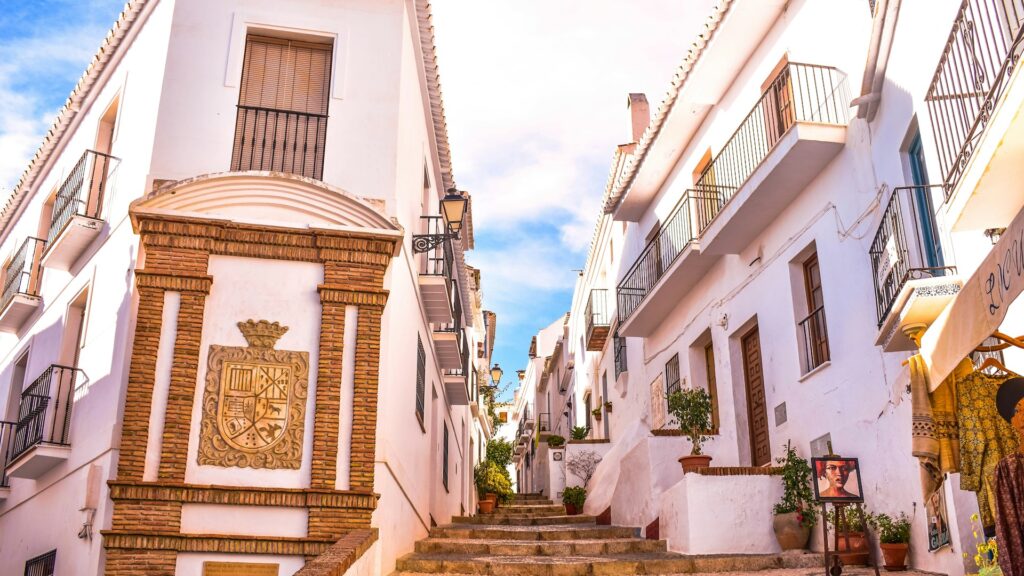
Andalucía’s White Villages
Andalucía is home to some of Spain’s most picturesque white villages, with winding cobblestone streets, flowers cascading down whitewashed houses, and stunning mountaintop settings overlooking olive groves and the sea.
The village of Frigiliana, overlooking the Mediterranean and the mountains of the Natural Park of Almijara, is considered to be one of the most beautiful in Spain. Its labyrinth of narrow, hilly streets lined with homes in white, purple bougainvillea, and terracotta has earned it the nickname “The Painted Village.”
Further inland, is Casares on top of a limestone rock overlooking the coast. Its medley of Moorish and Andalusian architecture with pristine white facades rising above red-tiled roofs creates a strikingly scenic village which is a Historic-Artistic Site.
In the Axarquía region, Competa charms visitors with its hilltop location, barrel-tiled roofs, wrought-iron balconies overflowing with flowers, and winding alleys draped with bougainvillea. The village’s charming plazas provide places to stop for local wine produced from muscatel grapes grown in the region.
With their picturesque settings, ornate Andalusian architecture, and flower-filled cobblestone streets, the white villages of Andalucía offer travelers a quintessential Spanish experience and some of the country’s most beautiful hidden gems.
Extremadura’s Nature
Extremadura is home to some of Spain’s most remarkable natural parks and reserves, where visitors can discover a wealth of biodiversity and breathtaking landscapes. The prime example is the Monfragüe National Park, a protected area straddling the provinces of Cáceres and Badajoz. This park encompasses over 116 square km of Mediterranean forest, rock formations, river ecosystems and open plains, providing habitat for around 181 species of vertebrates.
The star attractions at Monfragüe are the griffon vultures, eagle owls and black storks that breed on the rocky crags above the river gorges. Several walking trails allow visitors to observe these majestic birds up-close, including the rocky lookout point of Salto del Gitano. Other sections of the park are only accessible by 4×4 or boat along the Tagus River, where you can see black vultures and Spanish imperial eagles.
In addition to Monfragüe, Extremadura contains other significant protected areas. The Cornalvo Nature Park near Mérida safeguards oak forests and meadows filled with orchids and butterflies. For wetlands and waterbird populations, there is the La Serena lagoon complex. And the Peña Falcón rock outcrop provides an island of vegetation amidst the dehesa plains. With its wealth of unspoiled habitats and unique ecosystems, Extremadura offers nature lovers plenty of hidden gems off the beaten path.
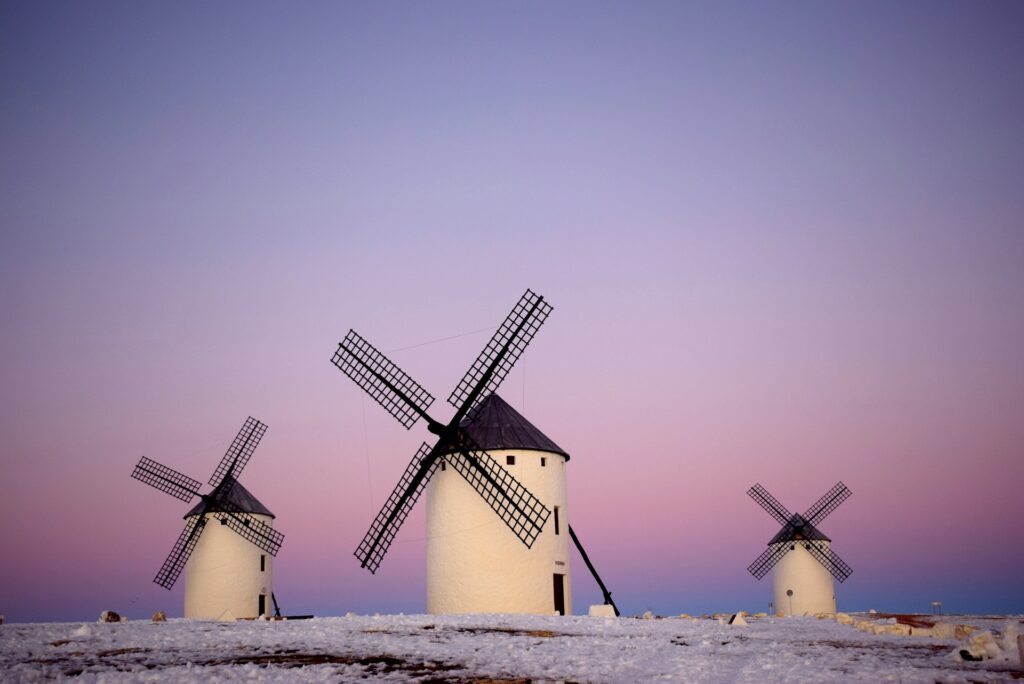
Castilla-La Mancha’s Windmills
The interior region of Castilla-La Mancha is home to some of Spain’s most iconic landscapes, including the famous windmills of Consuegra. These unique 16th century windmills with their white sails dotting the hillside make for an unforgettable sight.
Consuegra’s windmills are a remnant of Spain’s agricultural past, once used for grinding flour. Today they attract photographers and sightseers who want to capture this quintessential Spanish scene. The area around Consuegra has charming hidden gems to discover beyond just the postcard-perfect windmills.
Venturing into the Castilla-La Mancha countryside reveals endless fields, vineyards, and olive groves. The town of Almagro charms visitors with its preserved 16th-17th century architecture. The Corral de Comedias theater in Almagro dates back to the Golden Age and still hosts performances today.
Further south near Ciudad Real, the Cuevas de Montesinos offer a magical underground tour of stalactite caves. Outdoor enthusiasts can hike the ravine at Cabañeros National Park, home to diverse wildlife including deer, wild boar, and hundreds of bird species.
Castilla-La Mancha showcases the pastoral heart of Spain, with its windmills representing the region’s enduring charm and history. Beyond the iconic windmills, a trove of hidden gems awaits discovery by those willing to venture off the beaten path.
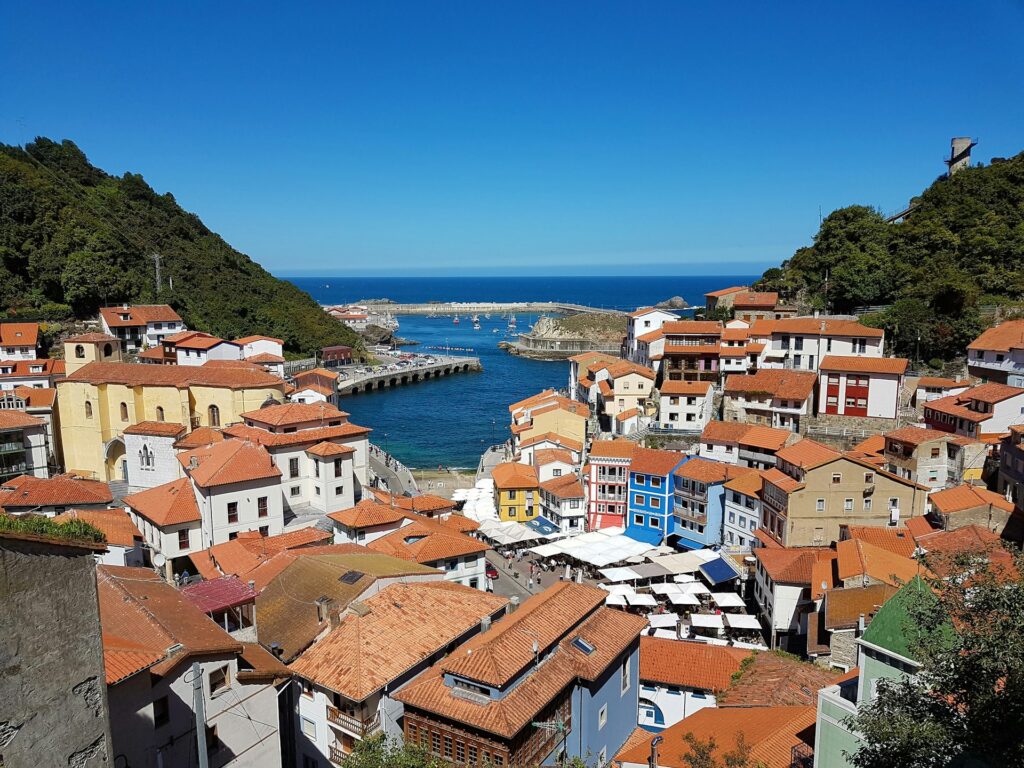
Asturias’ Seaside Towns
The verdant region of Asturias in northern Spain has a rugged coastline dotted with picturesque fishing villages. One of the most charming is Cudillero, a hidden gem on Asturias’ central coast.
Cudillero cascades down a steep hillside to a small port and beach strewn with brightly colored fishing boats. The houses have paint in vibrant hues of blue, yellow, and red. Narrow cobblestone streets wind up the hill past the 15th-century Church of San Pedro. At the harbor, seafood restaurants serve the daily catch along with cider poured from barrels in the traditional method.
Further west along the coast, Luarca is another postcard-perfect fishing village. The whitewashed houses slope upwards from the small bay containing the fishing port. At the harbor, fishermen mend their nets as seagulls circle overhead. The town’s Gothic Revival architecture includes the early 20th century fishermen’s cottages called Indianos. Be sure to sample seafood favorites like smoked eel, barnacles, and sea urchin roe.
The old part of Gijón also retains its maritime charm. Stroll the harbor promenade and admire the pastel buildings that line the beach. Pop into a sidrería to try Asturian cider and local cheese. Gijón has an urban energy with bustling cider bars and restaurants serving fabada stew and other specialties. From here it’s easy to explore the seaside cliffs and coves nearby.
With its rugged coastal scenery and fishing villages lost in time, Asturias offers beach destinations beyond the typical Spanish resorts. Visitors looking to go off the beaten path will find these seaside towns to be refreshing hidden gems.
Galicia’s Rías
The Rías of Galicia are a series of inlets and estuaries that cut into the coastline of Galicia in northern Spain. These deep fjord-like indentations are a defining feature of the Galician coast, and make for some wonderfully scenic seaside destinations.
The four main rías are the Rías Altas in the north and the Rías Baixas in the south. The Rías Baixas are the most renowned and attractive to visitors. This coastline features numerous gorgeous beaches tucked into coves and scenery dotted with fishing villages.
The Rías Baixas include the Ría de Arousa, Ría de Pontevedra, Ría de Vigo, and Ría de Muros y Noia. First, the Ría de Arousa is the largest of the estuaries. It contains the Isla de Arousa, a popular retreat with excellent beaches. The Ría de Pontevedra leads to the beautifully preserved medieval city of Pontevedra. The Ría de Vigo reaches the city of Vigo. This is where you can find great seafood and take boat trips out to the Cíes Islands.
Ones of the top beaches of the Rías Baixas is the striking Praia das Catedrais. It has famous rock formations, the golden sands of Praia de Barra, and the island beach Praia de A Lanzada. There are also many charming fishing villages to explore like Combarro, O Grove, and Baiona.
The Rías Baixas are a perfect destination in Spain to enjoy beaches, boating, fresh seafood, and picturesque coastal scenery. The rías allow you to experience the best of Galicia’s idyllic coastline and immerse yourself in the region’s seafaring culture.
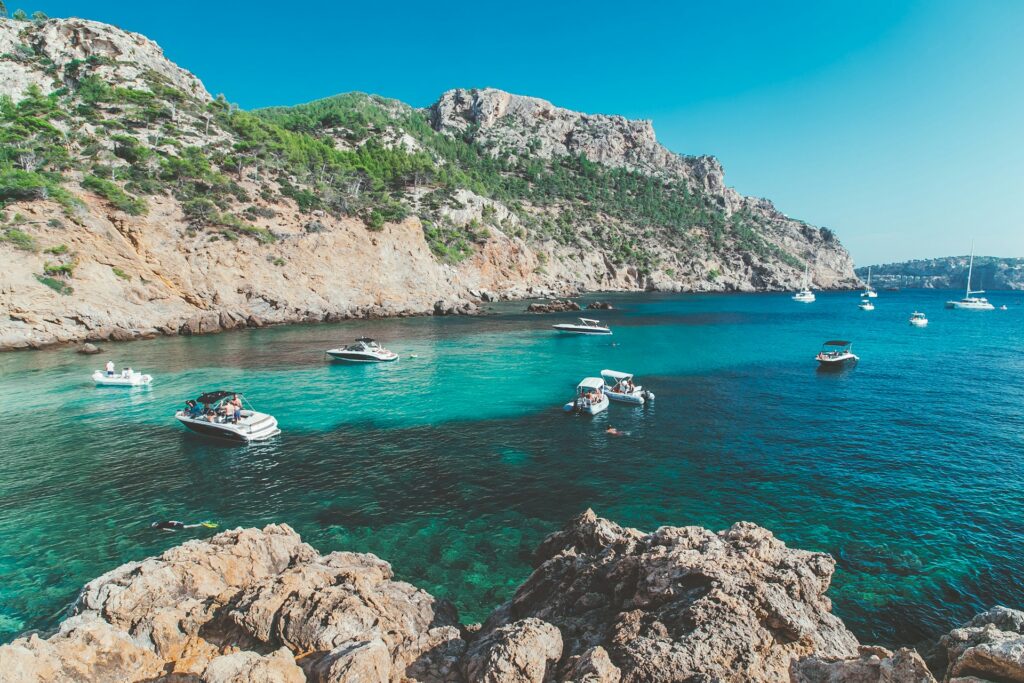
Balearic Islands’ Calas
The Balearic Islands are a Spanish archipelago in the Mediterranean Sea, known for their picturesque coves and beaches. One of the region’s hidden gems are the calas – secluded coves tucked away along the island coastlines.
The most famous cala is Cala Macarella on Menorca. This pristine beach features fine white sand and emerald waters enclosed by pine-covered hills. The bay’s gentle curve creates peaceful waves, making it an ideal spot for swimming and snorkeling. To reach Cala Macarella, visitors must hike 20 minutes down a cliffside trail, which adds to its untouched and hidden allure.
Mallorca is also home to stunning calas like Cala Deia, a pebbled inlet surrounded by mountains near Valldemossa. Further north lies Cala Tuent, a remote beach only accessible by boat or a 3-hour hike. The trek to Cala Tuent rewards travelers with a paradise-like setting of azure waters, soft sand, and beachside caves.
For a cala with amenities, Cala d’Or on Ibiza offers a lively yet relaxed ambiance. Whitewashed buildings and yachts line the shore, while beachgoers enjoy restaurants and water sports. Neighboring calas like Cala Llonga and Cala Egos provide a more peaceful retreat.
To experience the Balearics’ natural splendor, visit a secluded cala and unwind surrounded by pine forests, cliffs, and the tranquil Mediterranean Sea. These hidden coves showcase the islands’ breathtaking landscapes and quintessential Spanish charm. Learn more about the Balearic Islands here: Hit the Beach: Spain’s Ultimate Summer Bucket List
Conclusion
Spain is a country full of incredible diversity, with each region offering its own unique hidden gems waiting to be explored. From the white villages of Andalucía to the coastal towns of Northern Spain, travelers who venture off the beaten path will be richly rewarded.
The destinations featured in this guide represent just a sample of the many hidden gems scattered throughout the country. Though they may not be as famous as major tourist sites, these lesser-known spots give you a chance to experience the true flavors of Spain. Their beauty, history, and cultural heritage make them worthy additions to any Spanish itinerary.
Visiting these hidden gems allows you to escape the crowds and dive deeper into the local culture. While major cities and famous sites have their place, finding Spain’s secrets offers an authentic look into distinctive traditions that persist in the country’s overlooked corners. Appreciating them helps preserve these unique places and recognize Spain’s incredible diversity.
So next time you plan a trip to Spain, be sure to stray from the tourist track every once in a while. Wandering Spain’s backroads and villages will unveil a side of the country you never knew existed. Keep these hidden gems in mind, choose a few that pique your interest, and then set out to make more astounding discoveries of your own. Immersing yourself in the unknown will unveil the true soul of Spain.
Frequently Asked Questions
Q: What is the hidden gem of Spain?
A: Spain is filled with hidden gems but one that stands out is Ronda. This picturesque town is perched on the edge of a deep gorge in Andalusia and is known for its stunning views, ancient architecture, and rich history.
Q: What is the most underrated city in Spain?
A: While many of Spain’s cities are well-known and popular among tourists, one that often goes unnoticed is Cáceres. Located in the region of Extremadura, this medieval city is a UNESCO World Heritage site and boasts a well-preserved old town brimming with palaces and ancient walls.
Q: What is the most beautiful thing in Spain?
A: It’s difficult to choose just one, but the Alhambra in Granada is widely considered one of the most beautiful architectural marvels in Spain. This stunning palace and fortress complex, set against the backdrop of the Sierra Nevada mountains, features intricate Moorish designs, exquisite gardens, and breathtaking views.
Q: What is the most unique thing in Spain?
A: Spain is known for its rich culture and diversity, but if we had to pick one unique aspect, it would be the Flamenco dance. With its passionate movements, emotional expression, and vibrant music, Flamenco is an art form that originated in Spain and holds deep historical and cultural significance within the country.
Please note that beauty and uniqueness can vary from person to person, and these answers are based on popular opinions and experiences.
The Ultimate Travel List
Plan the perfect European adventure with tips and tools for seamless travel. Discover affordable luggage storage solutions in Madrid. Explore must-see attractions, tapas, and tips for a weekend in Madrid. Equip your kids with the best travel gear for exploring Europe. Dive into Barcelona's top bucket list experiences for an unforgettable journey.
How to Plan the Perfect Trip to Europe: Tips and Tools
Master the art of planning the perfect European adventure with our comprehensive guide, brimming with essential tips and indispensable tools to ensure a seamless and unforgettable journey.
The Best Kids Travel Gear for Europe
Equip your little explorers with the ultimate travel gear to make their European adventure comfortable, enjoyable, and memorable.
The Ultimate Guide to Europe's Summer Destinations
Embark on a journey through Europe's most enchanting summer destinations with our ultimate guide, revealing the breathtaking landscapes, cultural treasures, and unforgettable experiences awaiting your discovery.
Madrid in a Weekend: Must-See Attractions, Tapas, and Tips
Experience the essence of Madrid in just one weekend, with our guide showcasing must-see attractions, tantalizing tapas spots, and insider tips for an unforgettable city escape.
Barcelona Unplugged: Insider's Advice for Your 2024 Stay
Unlock the heart of Barcelona with insider advice tailored for your 2024 stay, guiding you through hidden gems, local hotspots, and unforgettable experiences in this vibrant Spanish city.
Guide to the Best Women's Walking Shoes for Traveling Europe
Discover the perfect pair of women's walking shoes designed for comfort, style, and durability, ensuring a seamless and enjoyable travel experience across Europe's cobblestone streets and bustling cityscapes.
The information in this article is for informational purposes only and may not reflect the most current updates; please verify details independently before making travel plans. Always check with local sources before confirming your plans.


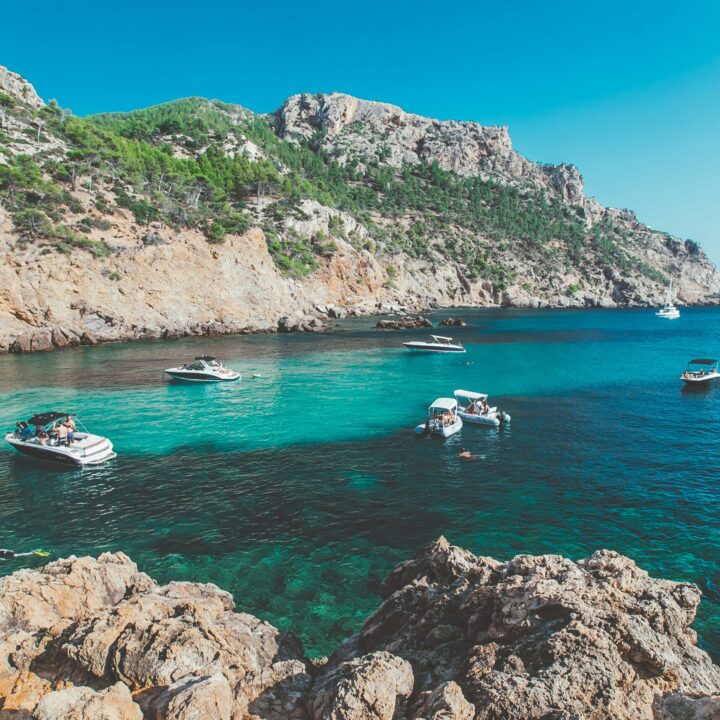
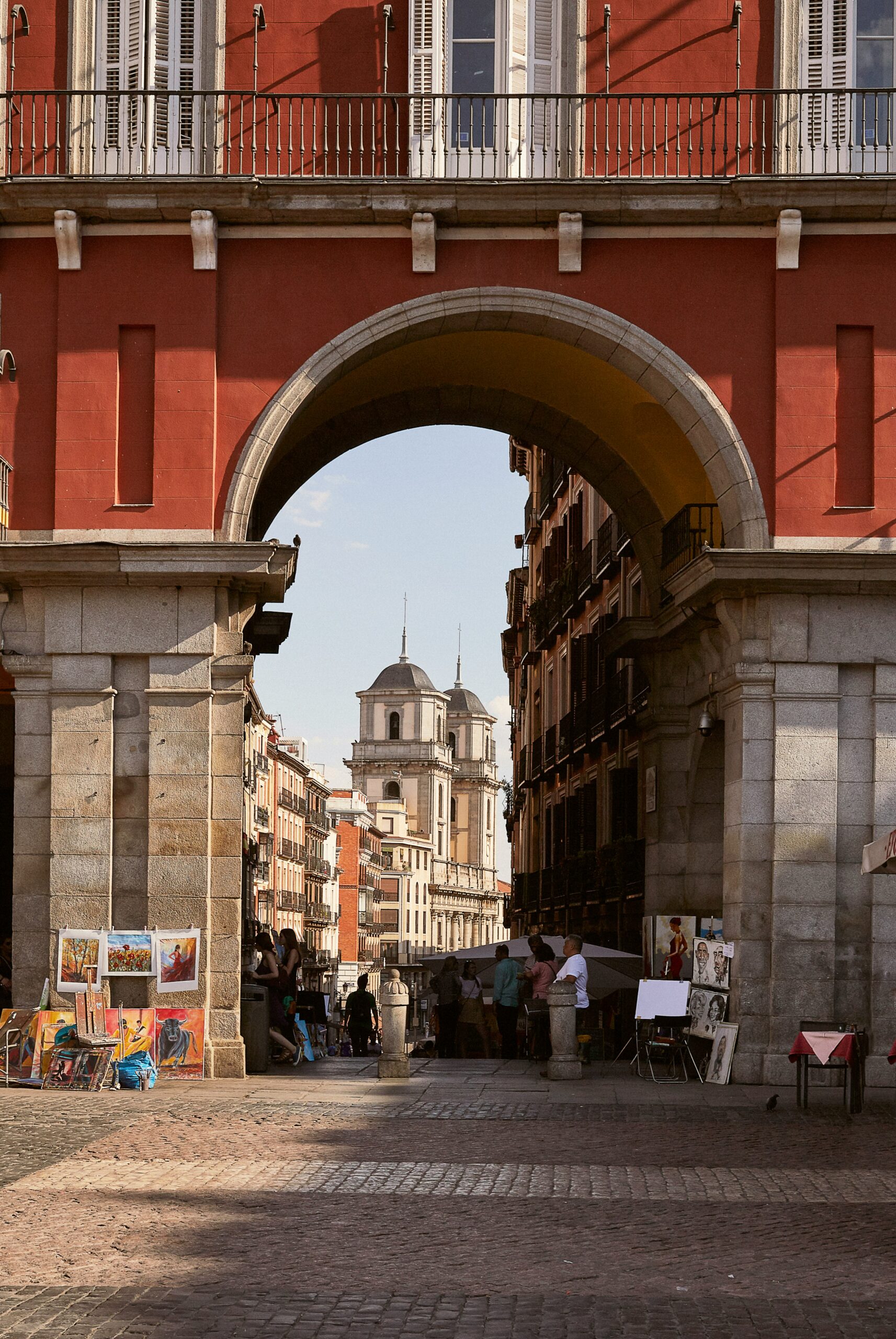
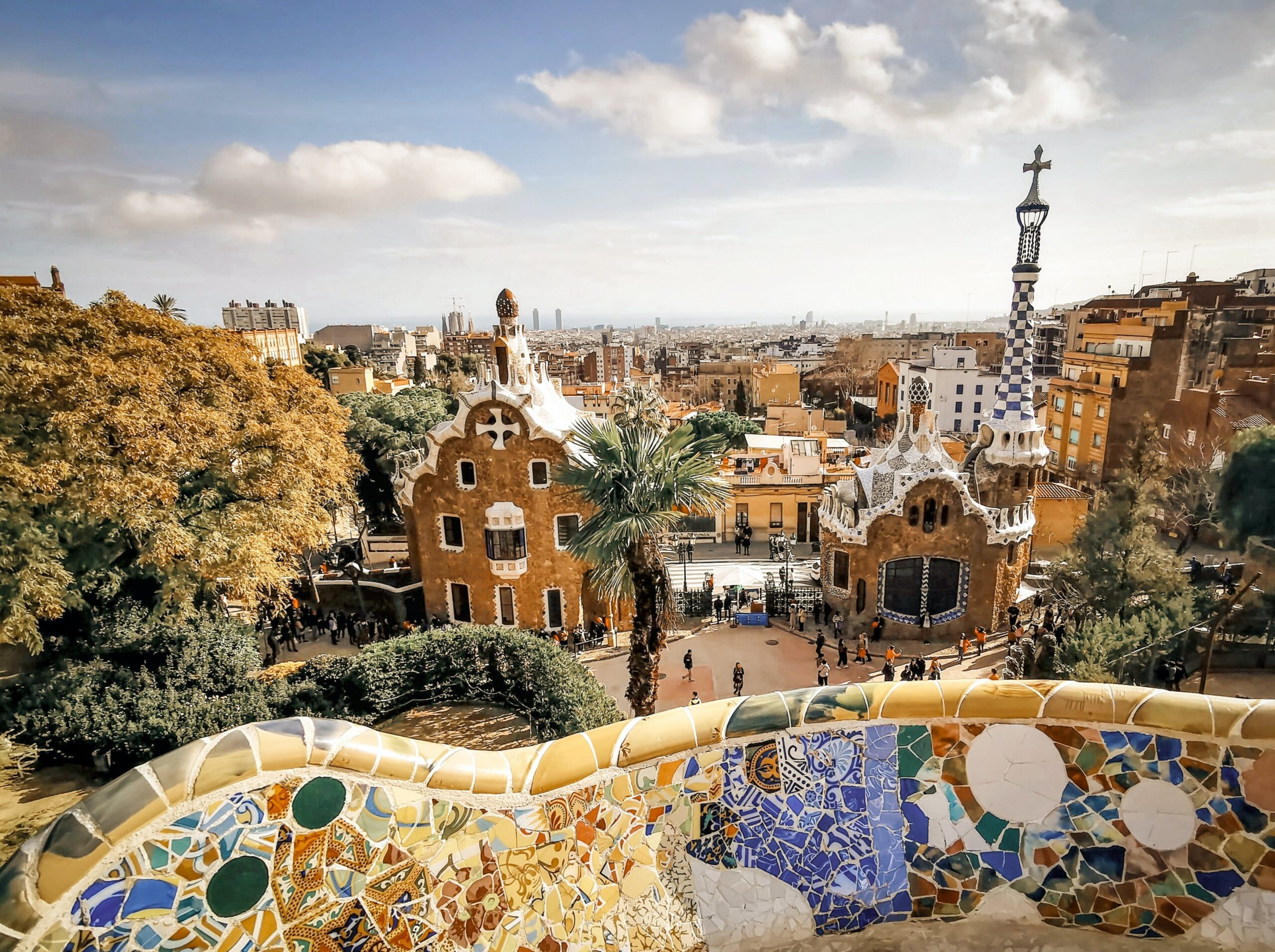

Comments Off on The Ultimate Spain Bucket List: 25 Best Hidden Gems in Spain